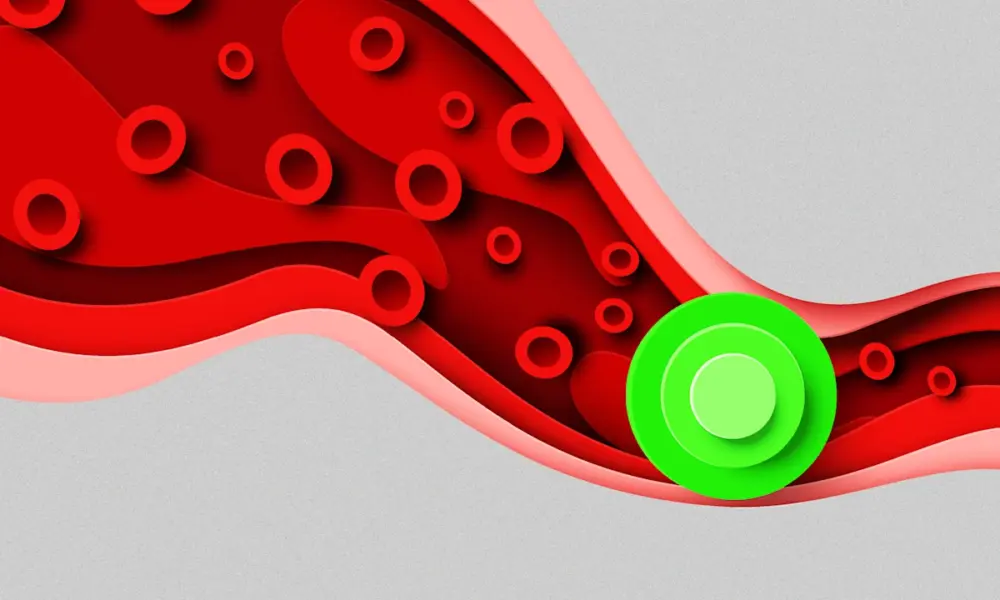Dr. Kendra O’Sullivan, a pelvic floor physical therapist with nearly 20 years of experience, emphasizes the importance of pelvic floor health for pregnant and postpartum runners. Since establishing her practice, NOLA Pelvic Health, in New Orleans, Dr. O’Sullivan has witnessed many women suffering in silence from pelvic floor issues, often delaying seeking help until symptoms become severe. She aims to empower women by providing essential information on maintaining pelvic health throughout pregnancy and beyond.
In 2016, after the birth of her second son, Dr. O’Sullivan created an Instagram account called “The Vagina Whisperer” to answer common questions from friends regarding pelvic health and fitness during pregnancy. Her goal was to make information readily accessible, advocating for early intervention in pelvic floor therapy. “Women deserve this information, and I wanted them to be able to find it online,” she stated.
Dr. O’Sullivan discovered her passion for pelvic health while studying at Washington University in St. Louis, where she was captivated by the complexities of the pelvic floor. She has since treated a diverse range of patients, helping them navigate issues such as painful intercourse and pelvic weakness post-cancer treatment. Her dedication led to the publication of her first book, Floored: A Woman’s Guide to Pelvic Floor Health at Every Age and Stage, which aims to educate women on the significance of this often-overlooked aspect of health.
For runners, understanding pelvic floor health is vital. Dr. O’Sullivan notes that the pelvic floor plays a crucial role in supporting the bladder, bowel, and reproductive organs. Effective running mechanics rely on pelvic stability, and dysfunction can lead to issues such as leakage and pain. “When the pelvic floor is not functioning well, there are going to be problems,” she explained.
To maintain a healthy pelvic floor during pregnancy and postpartum, Dr. O’Sullivan recommends incorporating specific exercises into training routines. These include pelvic floor contractions, functional movements, and yoga stretches, which help strengthen and relax the pelvic muscles. “You have to train your pelvic floor just like you train for a race,” she advised.
During pregnancy, Dr. O’Sullivan suggests including quick and long-hold contractions while engaging in positions such as all fours or standing. She also emphasizes the importance of integrating yoga poses and stretches in the third trimester to prepare for childbirth. For example, poses like child’s pose and cat/cow can promote pelvic relaxation.
Dr. O’Sullivan encourages women to seek pelvic floor therapy during pregnancy. Evidence suggests that this can reduce back pain, pelvic discomfort, and urinary leakage postpartum. “You’re setting yourself up for better outcomes after birth if you get that support,” she explained.
Many women are apprehensive about running while pregnant, but Dr. O’Sullivan reassures them that it is perfectly acceptable to continue the activity. She recommends wearing belly support during runs for added comfort and stability, similar to a sports bra. Additionally, appropriate footwear is critical due to increased ligament laxity during pregnancy.
Postpartum, Dr. O’Sullivan stresses the importance of a gradual return to running. She highlights that after giving birth, a woman’s pelvic floor is functioning at less than 50 percent. “At six weeks postpartum, your pelvic floor is functioning at less than 50 percent, but that’s when we all get the thumbs up to go back to doing whatever you did before,” she stated.
Dr. O’Sullivan advocates for a structured recovery plan that includes pelvic floor check-ins around six weeks postpartum. For mothers who have had a cesarean section, she advises focusing on core rehabilitation alongside pelvic floor recovery. “You can’t run a marathon if you’ve never learned to walk a mile,” she said, underscoring the necessity of gradual progression.
Postpartum exercises should begin with gentle movements, such as walking and pelvic floor contractions, and can evolve into bodyweight exercises like bridges and squats as recovery progresses. Dr. O’Sullivan emphasizes patience and awareness of one’s body, advising women to stop exercising if they experience pain or increased bleeding.
Ultimately, Dr. O’Sullivan believes that it is never too late to prioritize pelvic floor health. “If it’s been months or years after you’ve given birth, know that your body is changing at every stage of life,” she noted. She encourages women to seek help if they experience pain, pressure, or leakage, emphasizing that these issues should not prevent them from pursuing their passions, including running.
Dr. O’Sullivan’s insights highlight the importance of pelvic floor health for pregnant and postpartum runners, providing a pathway to not only recovery but also a fulfilling and active lifestyle.







